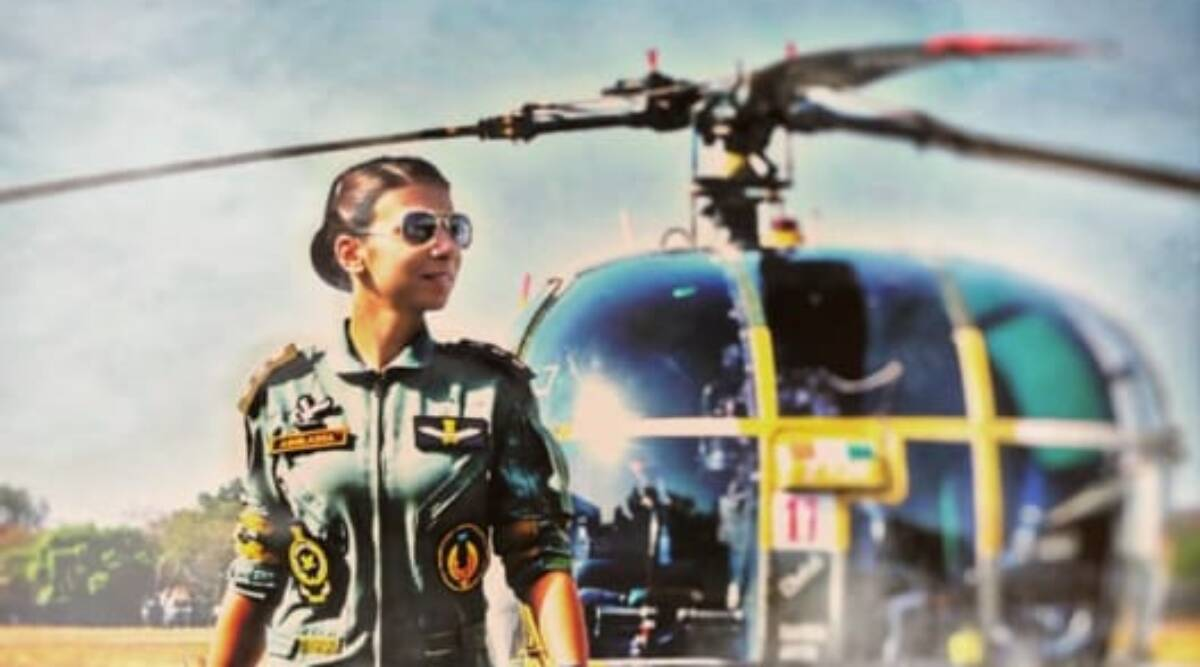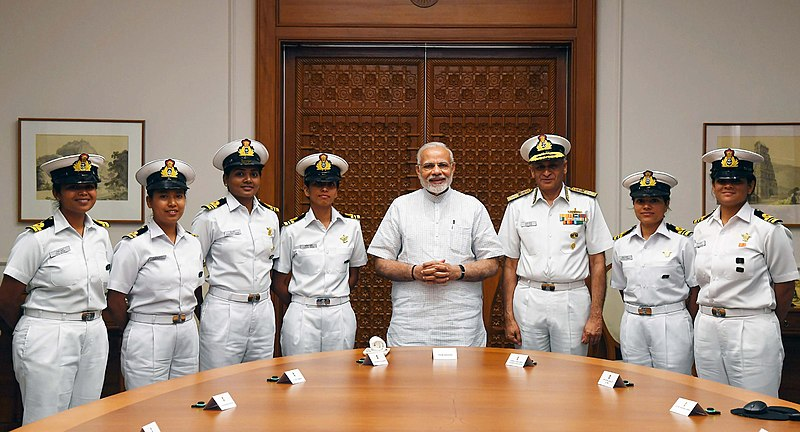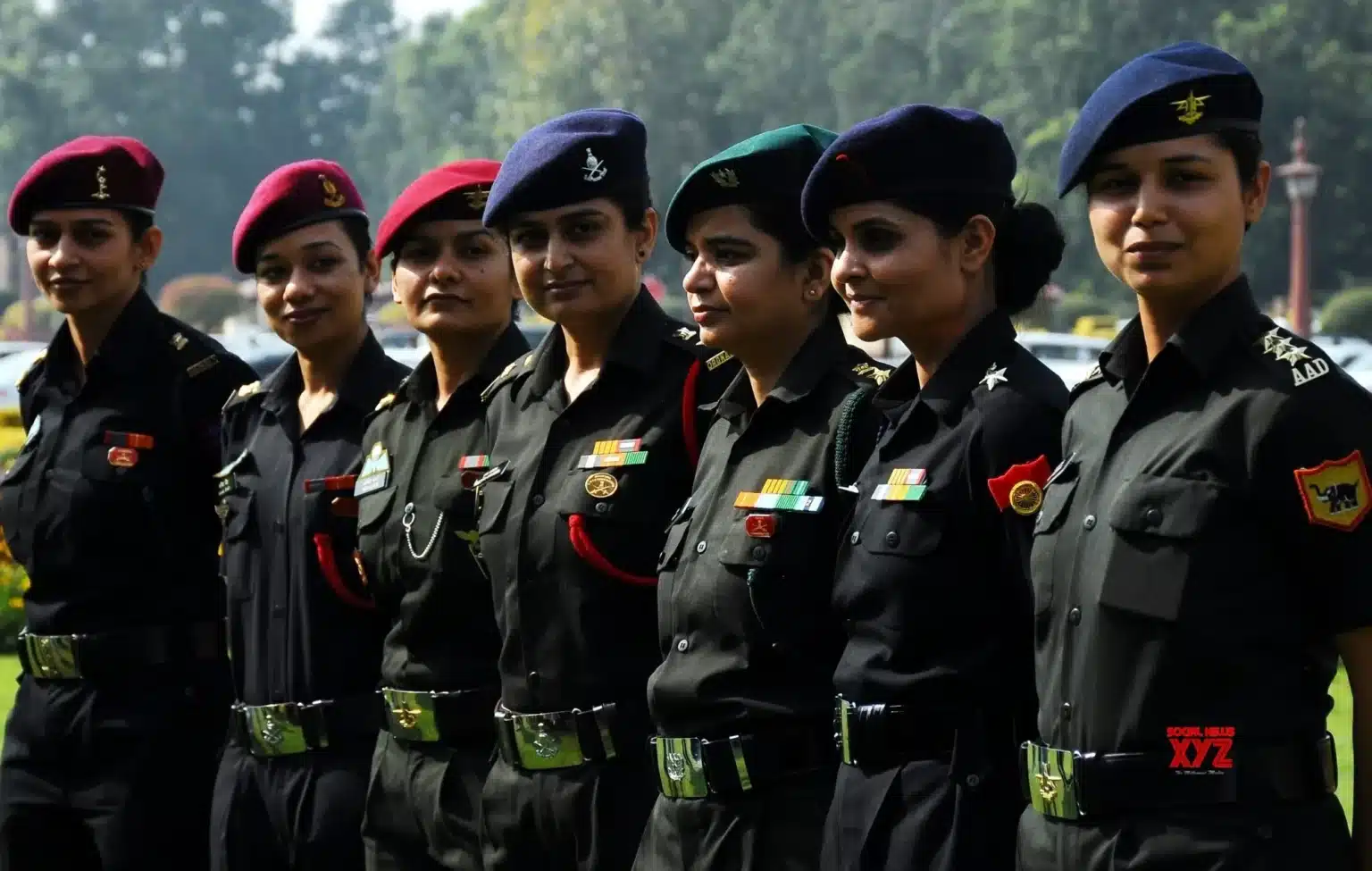Women officers will be able to lead troops for the first time in the Indian Army, and their leadership abilities will be evaluated. What does this decision mean for the Army and women officers?

A special selection board approved up to 108 female Army commanders for the rank of Colonel (selection grade), granting them the first-ever right to command soldiers and units in their respective weapons and services.
From the class of 1992 to the class of 2006, a total of 244 female officers are being given consideration for promotion against the openings in the arms and services branches of engineers, signals, army air defence, intelligence corps, army service corps, army ordnance corps, and electrical and mechanical engineers.
The Special No. 3 Selection Board’s deliberations began on January 9 and up until now, more than 80 female officers have been approved for promotion to the rank of Colonel from Lieutenant Colonel.
In contrast to previous promotion boards, this one, which began with the 1992 batch, is held daily for a specific batch, with results being released the same day.
Every officer has three opportunities to be promoted, thus the evaluations are also conducted three days after the results are announced.
What makes this important?

The most significant benefit is that it gives female officers parity with their male counterparts. There were no opportunities for promotion for female officers to become a Colonel and command a unit like male Army officers earlier in their careers, which were shorter.
Whilst women were only given permanent commissions in two branches in 2008—the Judge Advocate General (JAG) branch and the Army Education Corps—it is not that they never attained Colonel or higher ranks in the past.
They were not command appointments, where an officer controls soldiers on the field, but rather staff appointments, which are more administrative in nature.
Women officers now have the opportunity to advance in all Army streams, with the exception of pure combat armaments, according to the Supreme Court’s decision to award permanent commissions to female Army officers in February 2020. Women officers in the Army will be given consideration for promotions, up to and including the rank of Colonel.
In the Army, women were first admitted in 1992. Why were their promotions to Colonels so tardy?
Only after serving between 16 and 18 years as an Army officer and meeting specific requirements, including completing numerous courses and yearly secret reports, can an officer be promoted to the rank of Colonel. In 1992, the Army’s first female officers were commissioned as Short Service Commission (SSC) officers; they were not given the option to choose a permanent commission in the following years. Exceptions were JAG and Army Education Corps, for whom a permanent commission was made available in 2008.
Women were not allowed to join the permanent cadre in other armed forces or services, and they were forced to leave the military well before the required amount of time to become a Colonel.
In 2020, what decision did the Supreme Court make?

Image Source: The Hindustan Times
The Army modified its regulations in 2019 to allow SSC women officers who would have ordinarily retired after 14 years of service to choose a permanent commission. Nevertheless, this was only applicable to the groups of female officers beginning their careers in the Army in 2020; it was not retroactive.
With the historic Supreme Court decision from February 2020, women officers were given permanent commissions with retroactive effect. This paved the way for their continued development and advancement in the Army, which has recently made leadership and higher management courses available to women.
What does it mean to lead a unit exactly?
A Colonel rank promotion recognises an officer’s leadership abilities by making them qualified to command troops directly in the Army. It is a highly sought-after position since no other rank, not even the highest ones like Brigadier or Major General, allows an officer to work closely with ground soldiers.
It was informed by some female policemen that reaching this position in their careers was a dream come true for them. Women officers, while serving at the lowest levels of the military as junior officers, have never had the chance to demonstrate their leadership abilities since they are ineligible to command a unit. This is an empowering action for a female police officer.
Which branches of the military will have female officers commanding units?
Army Air Defence, Signals, Engineering, Army Aviation, Electronics and Mechanical Engineers, Army Service Corps, Army Ordnance Corps, and Intelligence Corps are just a few of the branches where female commanders will be in leadership of troops.
While the Army does not allow women to serve as foot troops in border conflicts, they are still ineligible for positions in key combat units like the Infantry, Mechanized Infantry, and Armoured Corps. The fact that male troops have frequently been kidnapped as prisoners of war and subjected to torture by the enemy is a major cause of this resistance. Nonetheless, the Army has agreed to allow women to serve in the combat support arm, the Corps of Artillery.
What for the Indian Air Force and Navy are you talking about?

All Naval branches now have female officers, and they will eventually be qualified for permanent commission. Once they enter the military and are qualified for permanent commission, female officers will be allowed to command air squadrons and ships in addition to shore-based forces.
All sections of the IAF, including the new weapon systems branch and the fighter stream, are now available to female officers. They will be qualified to command units in the future when they are given permanent commissions based on their eligibility and available positions.
How many women are active military members of India?
With 1,705 female officers, the Army has the most of the three services’ female officers, followed by 1,640 in the IAF and 559 in the Navy. The government provided the Parliament with this information last year.
Which other militaries let women to serve in leadership positions?
Women are permitted to hold leadership roles in their respective national armed forces in all major nations, including the United States, the United Kingdom, Russia, and Israel.













